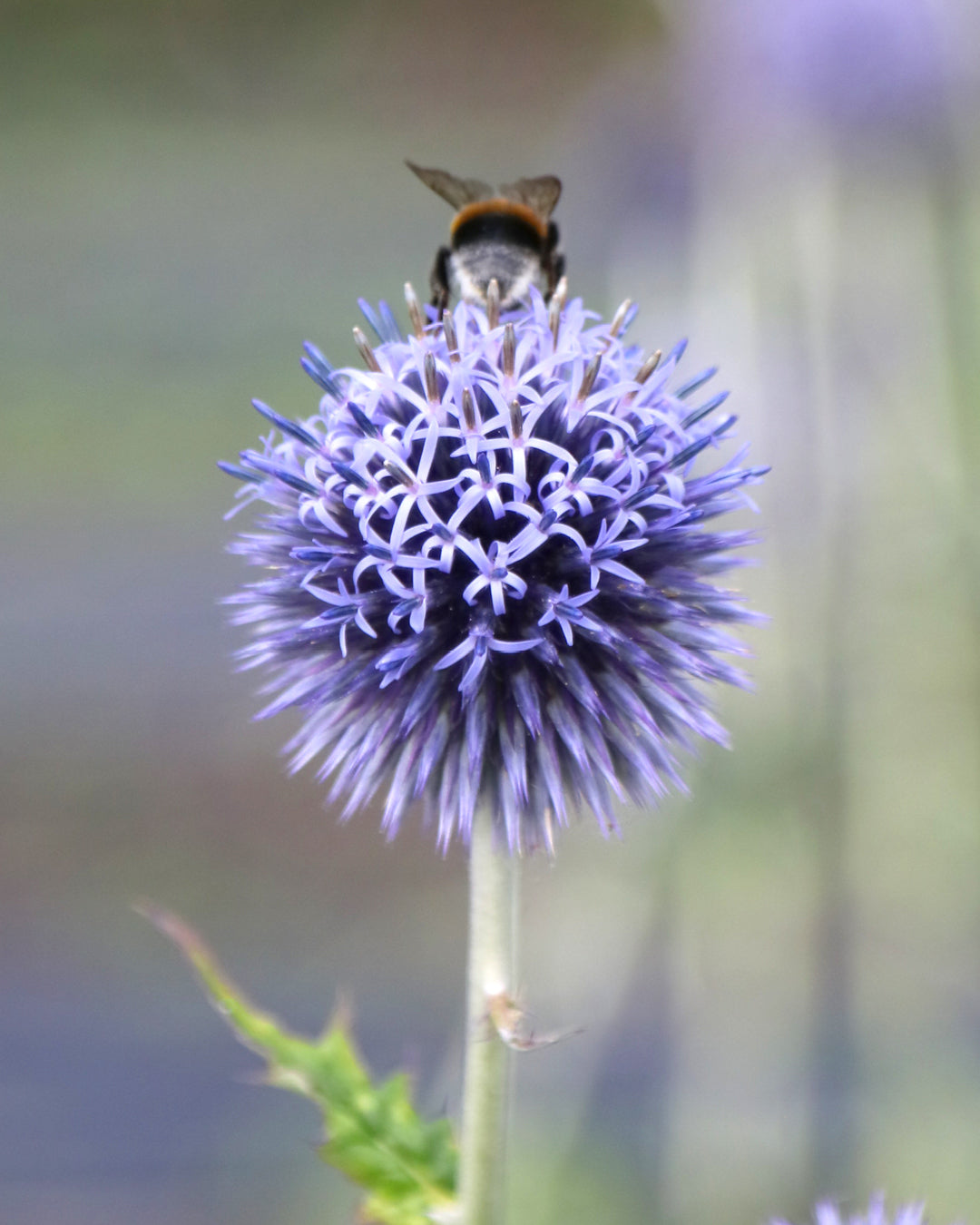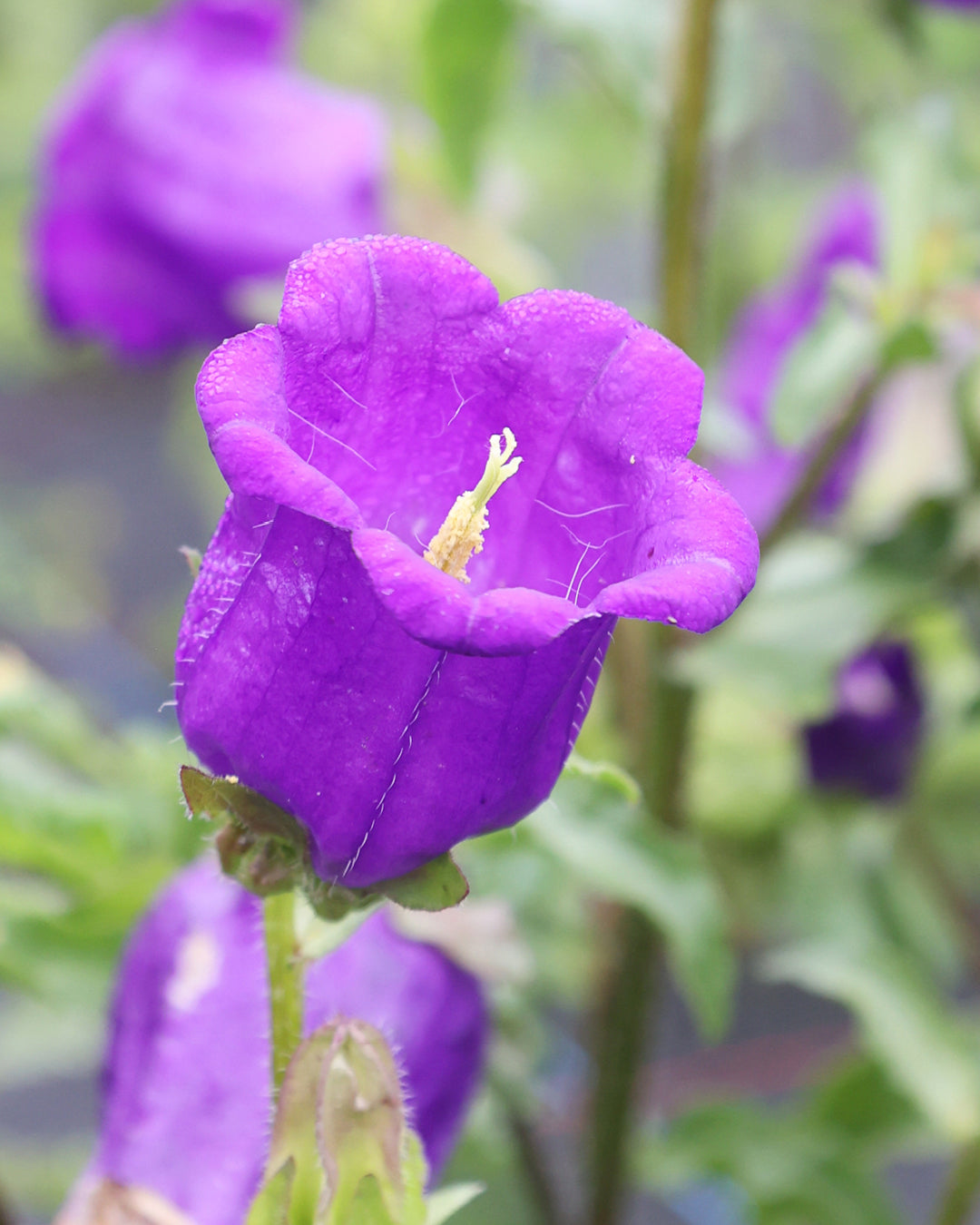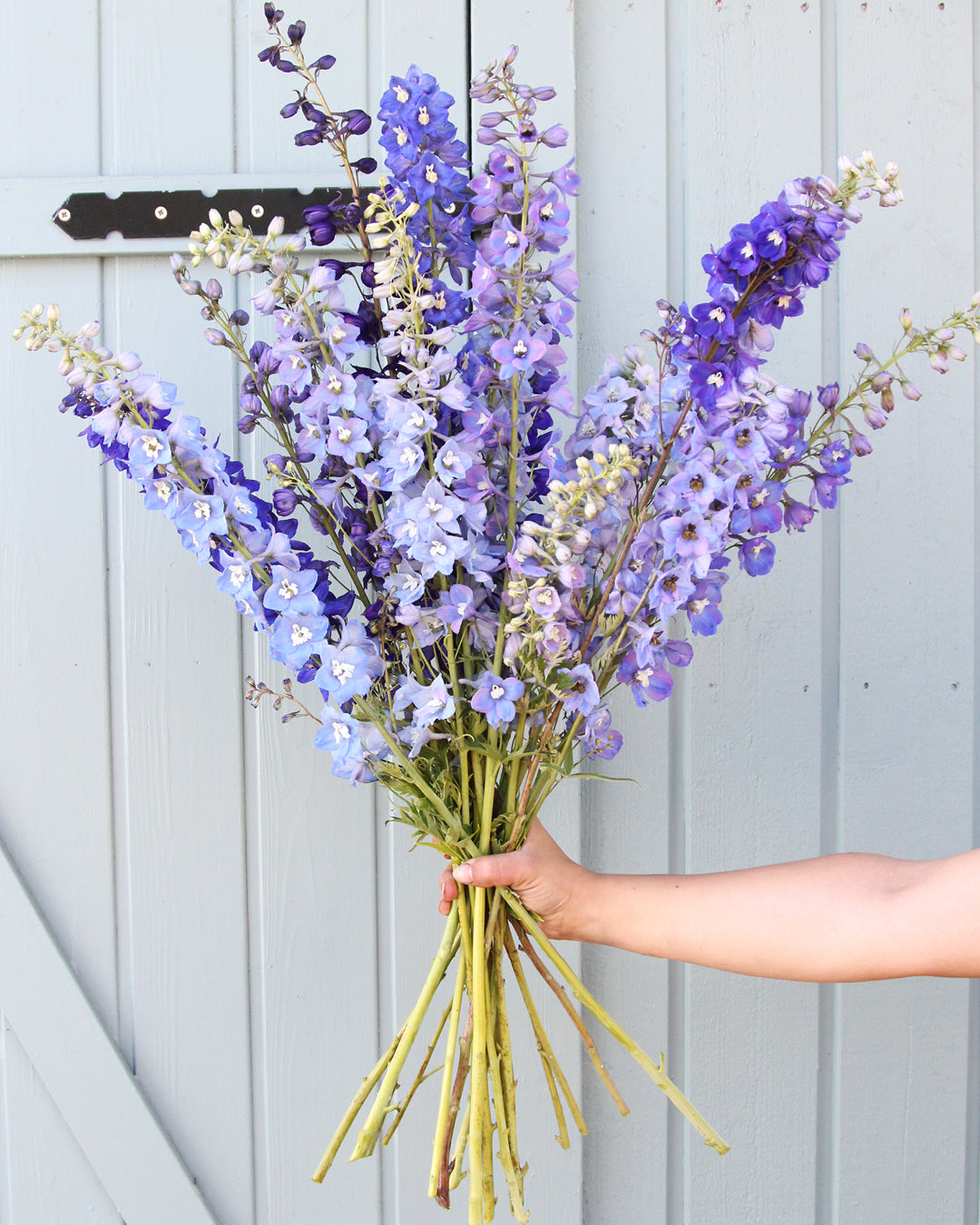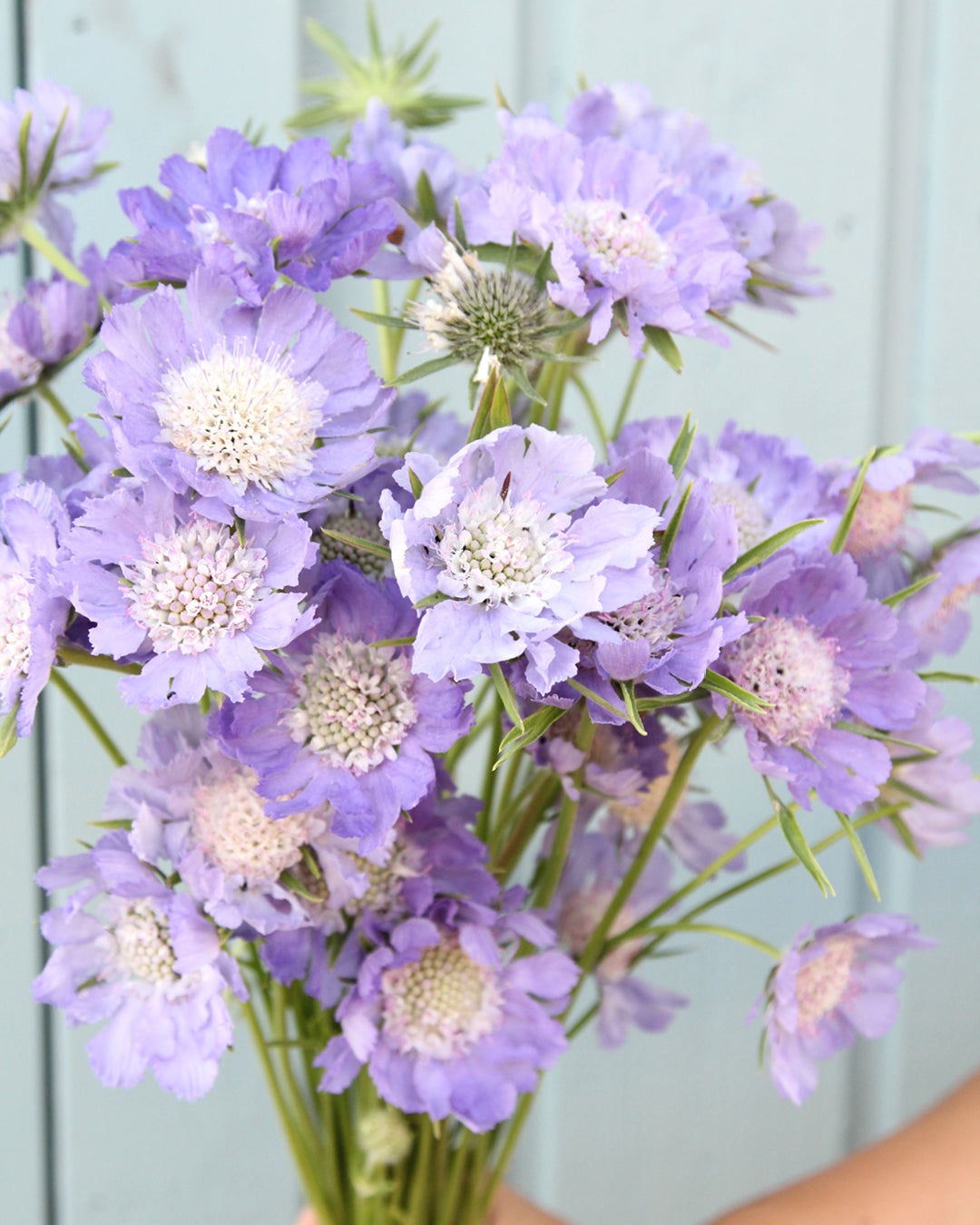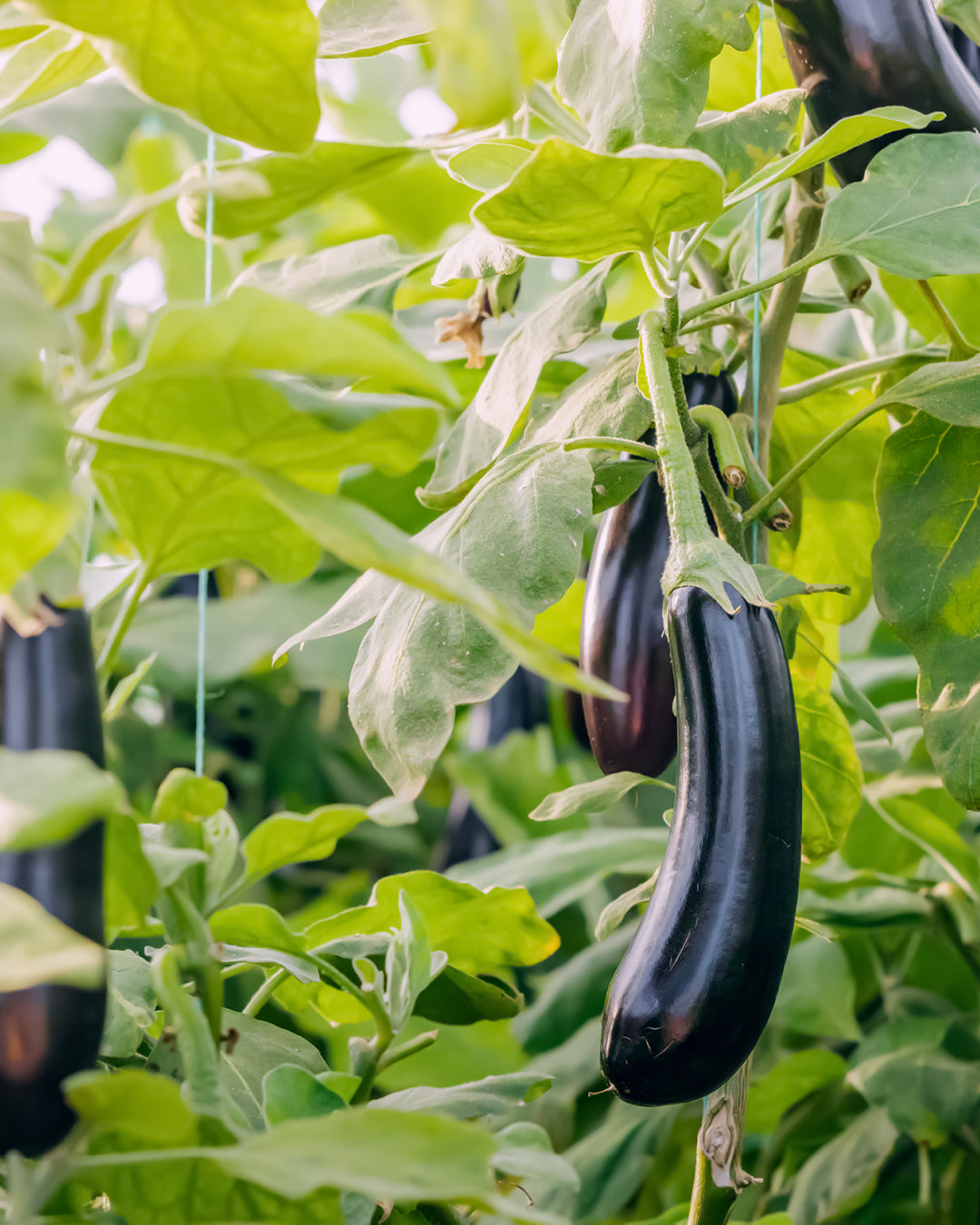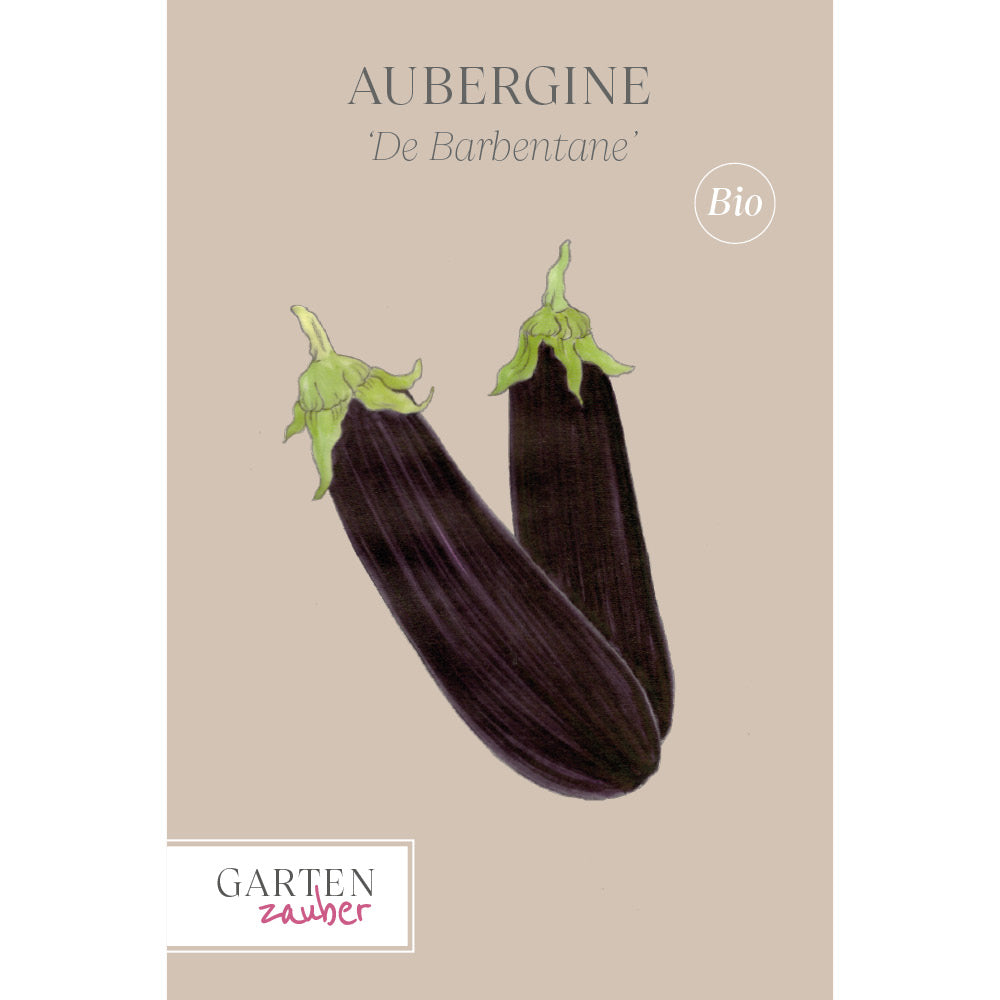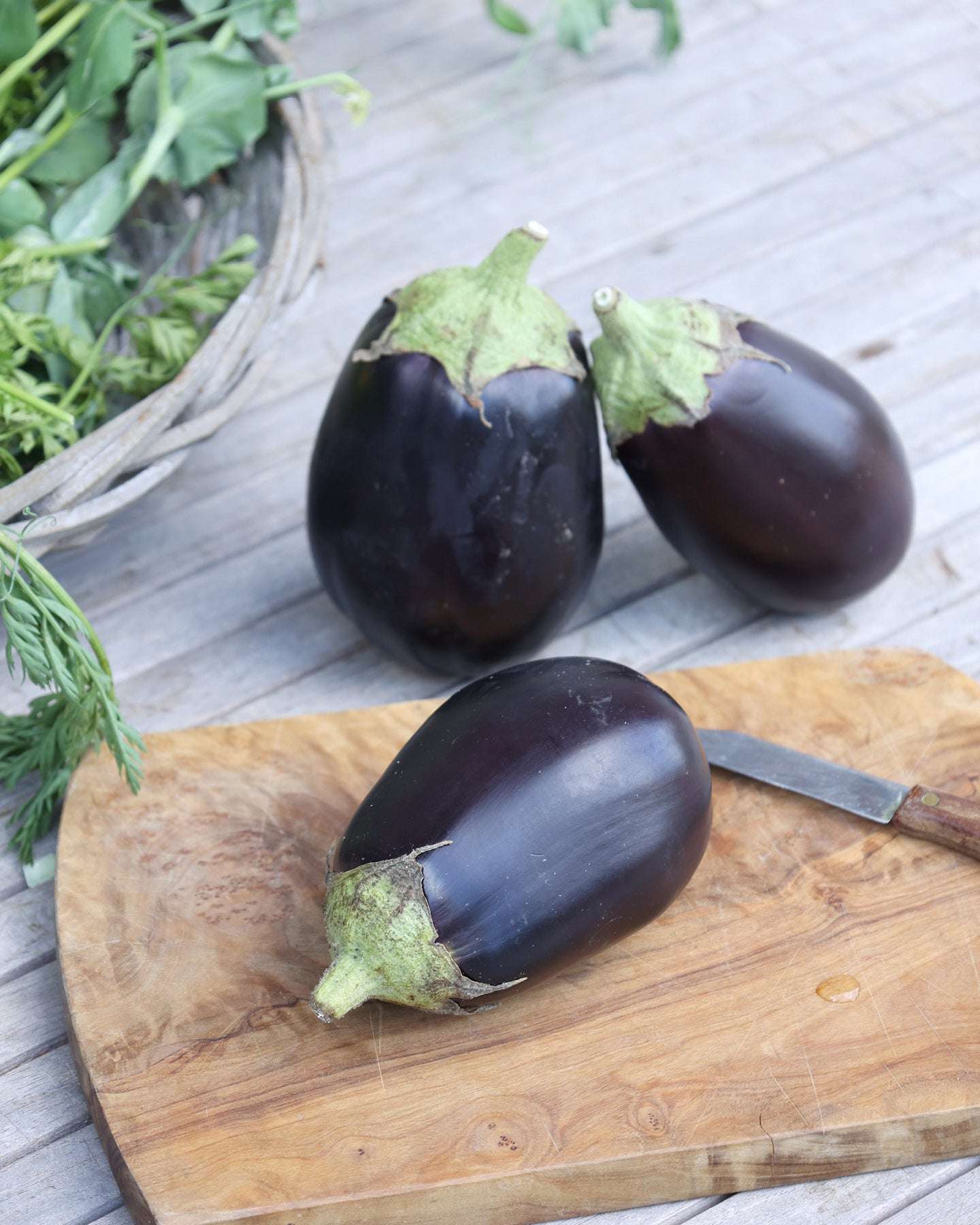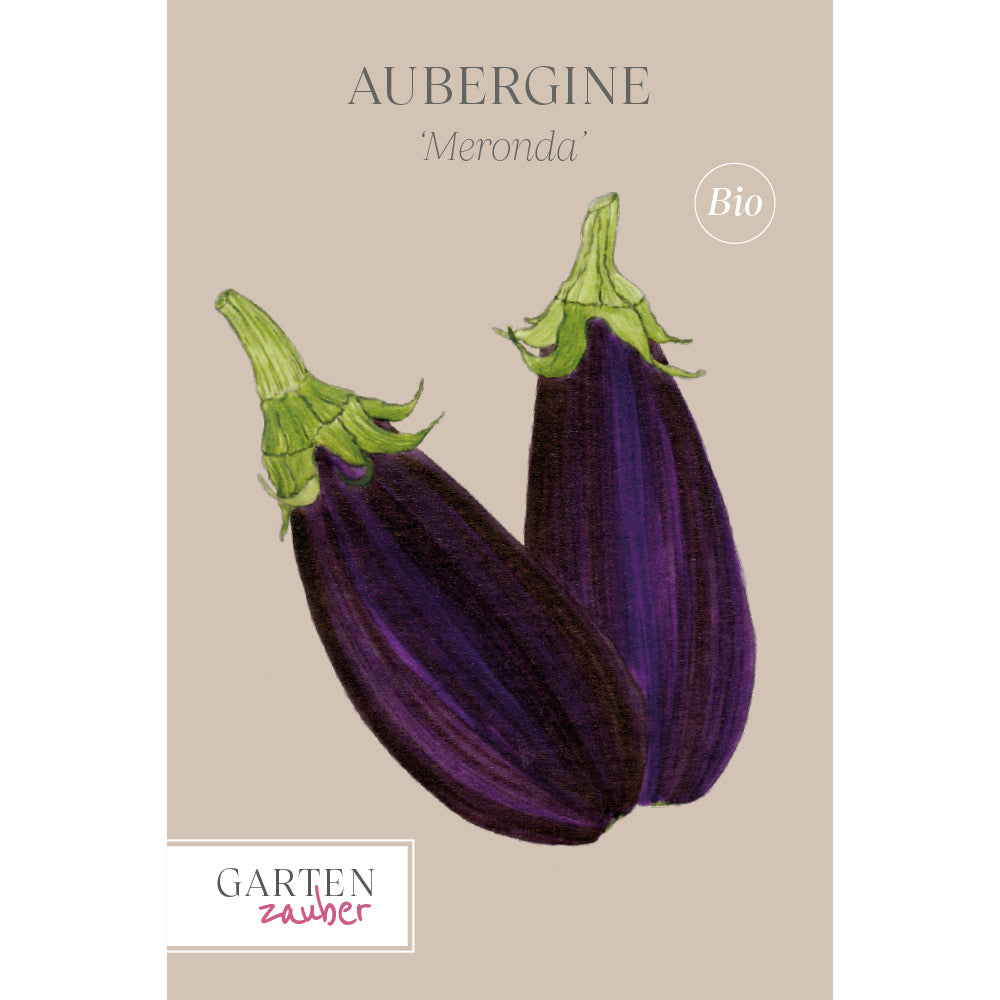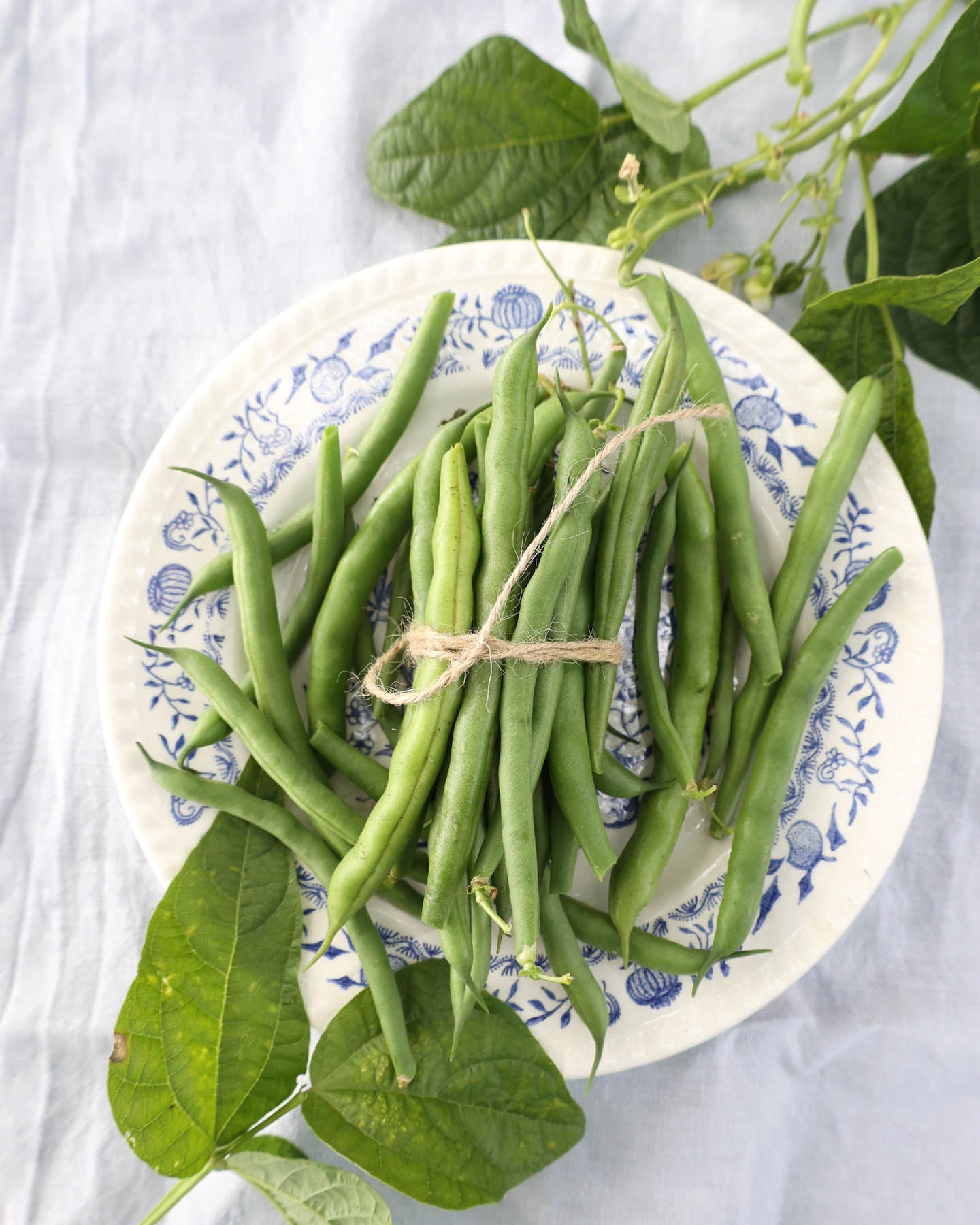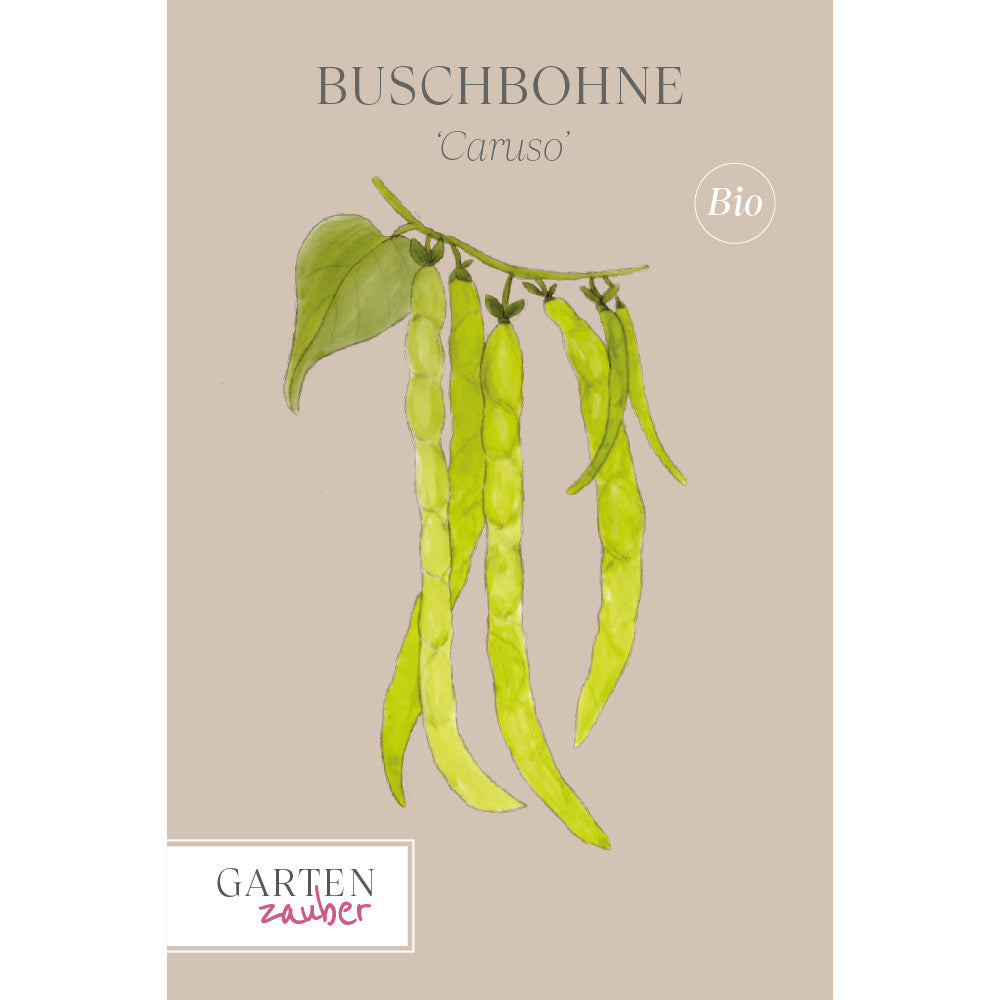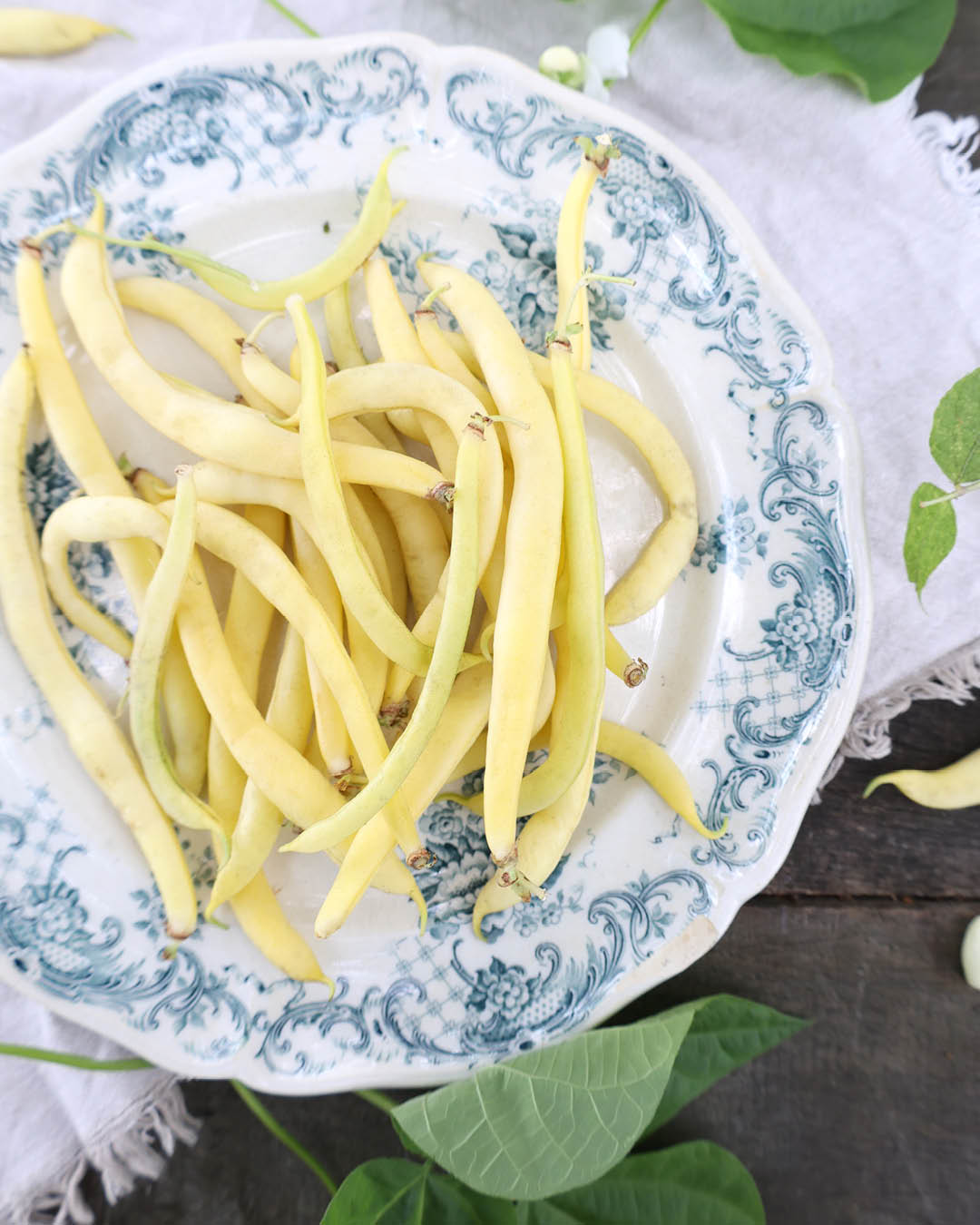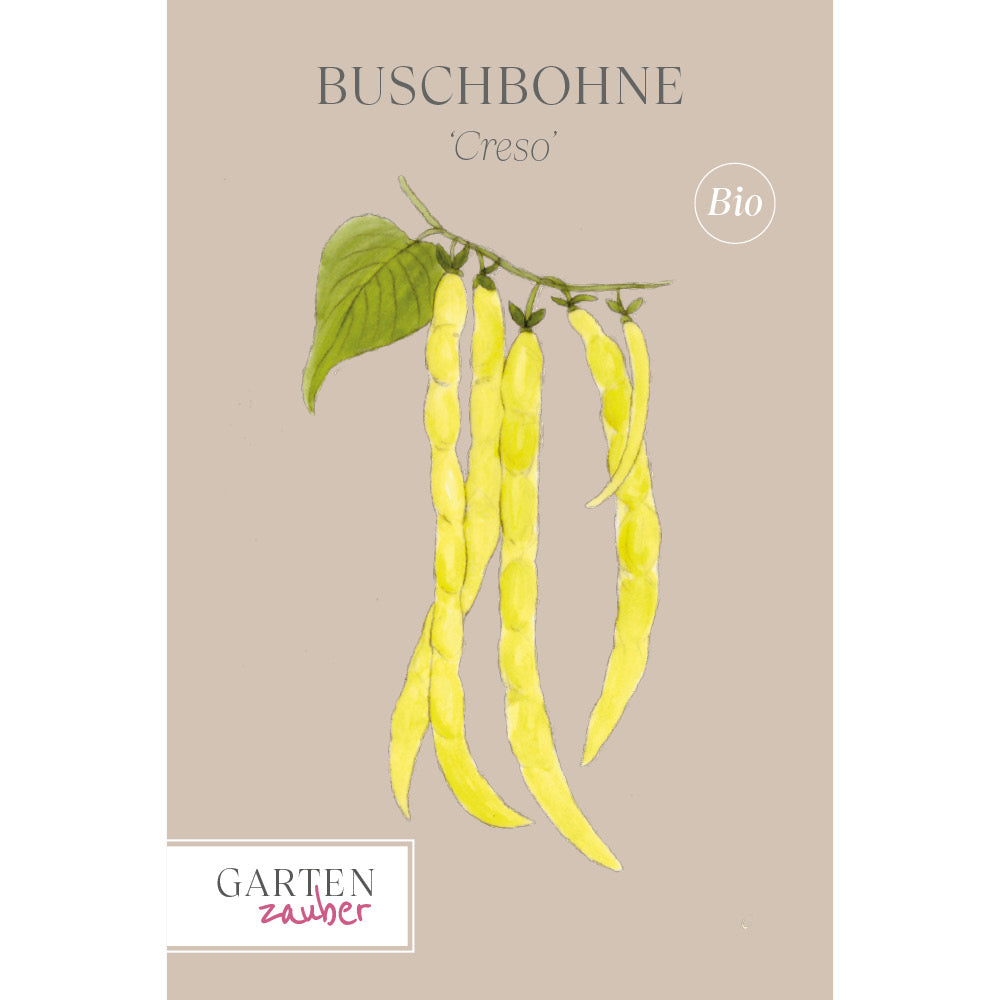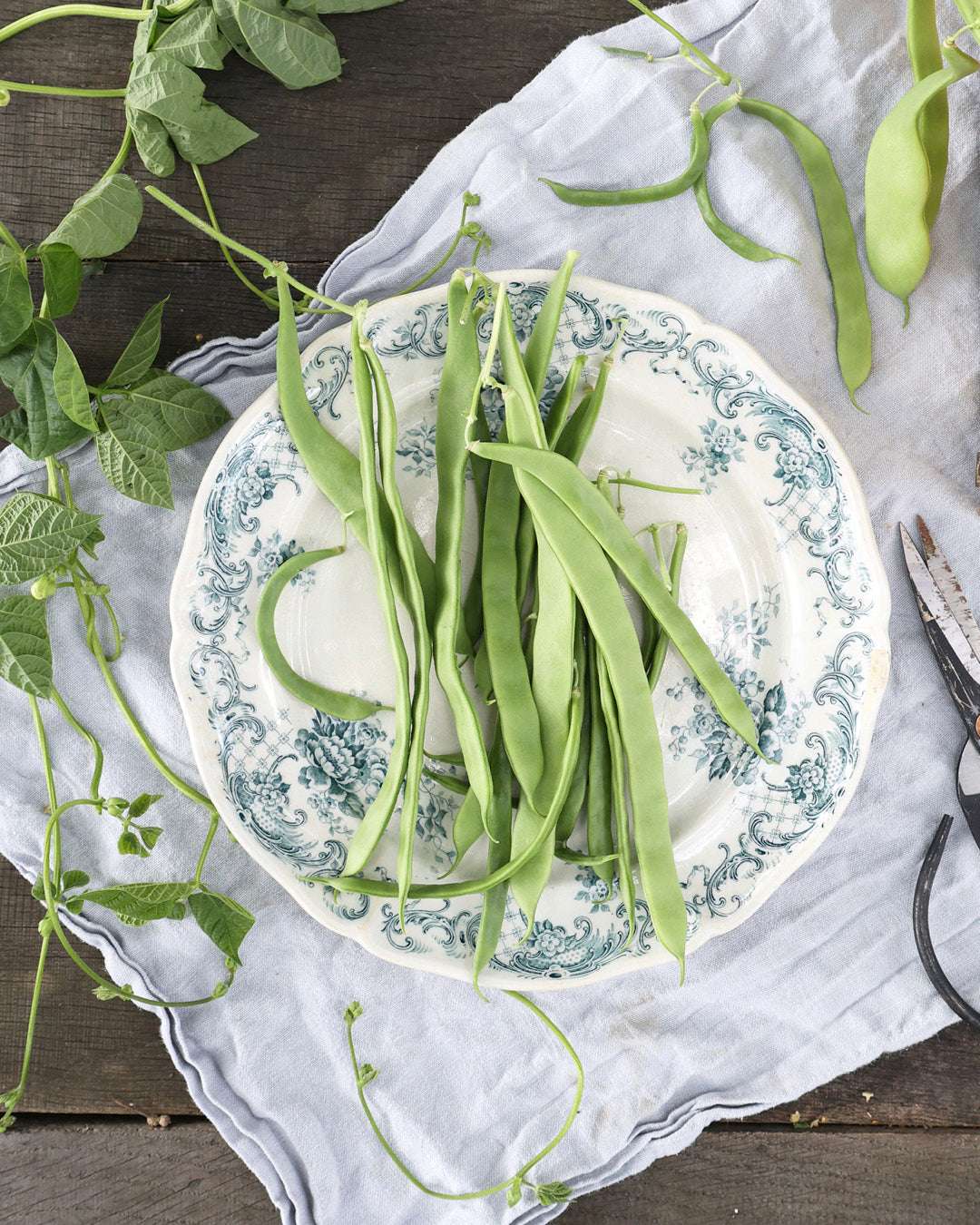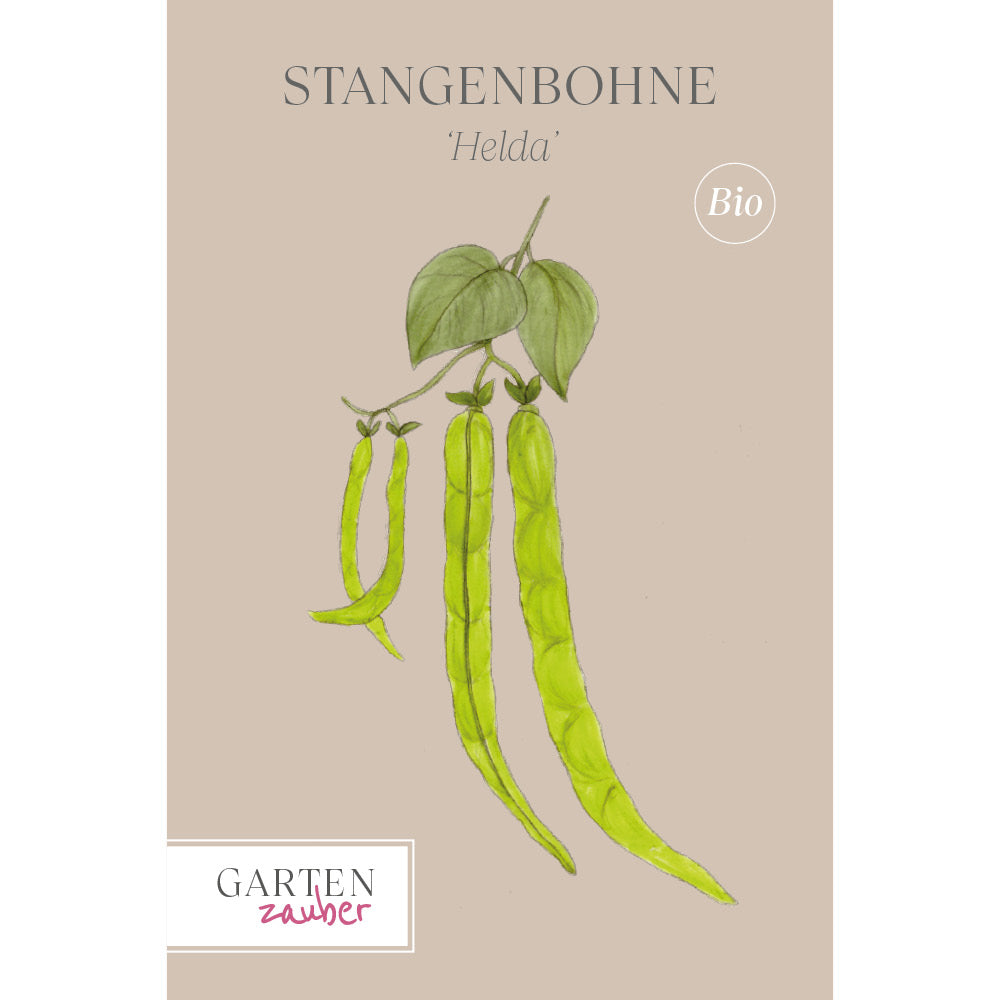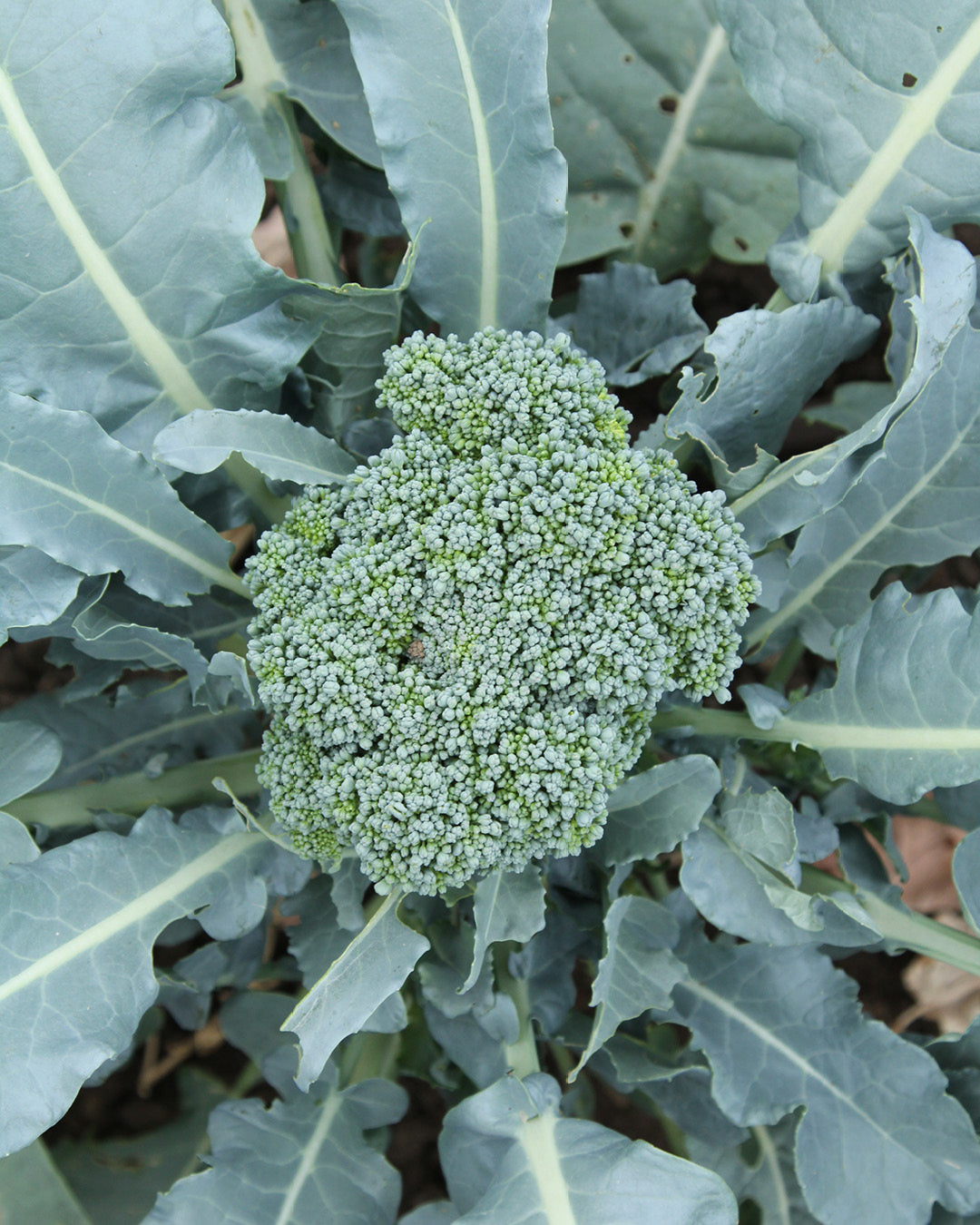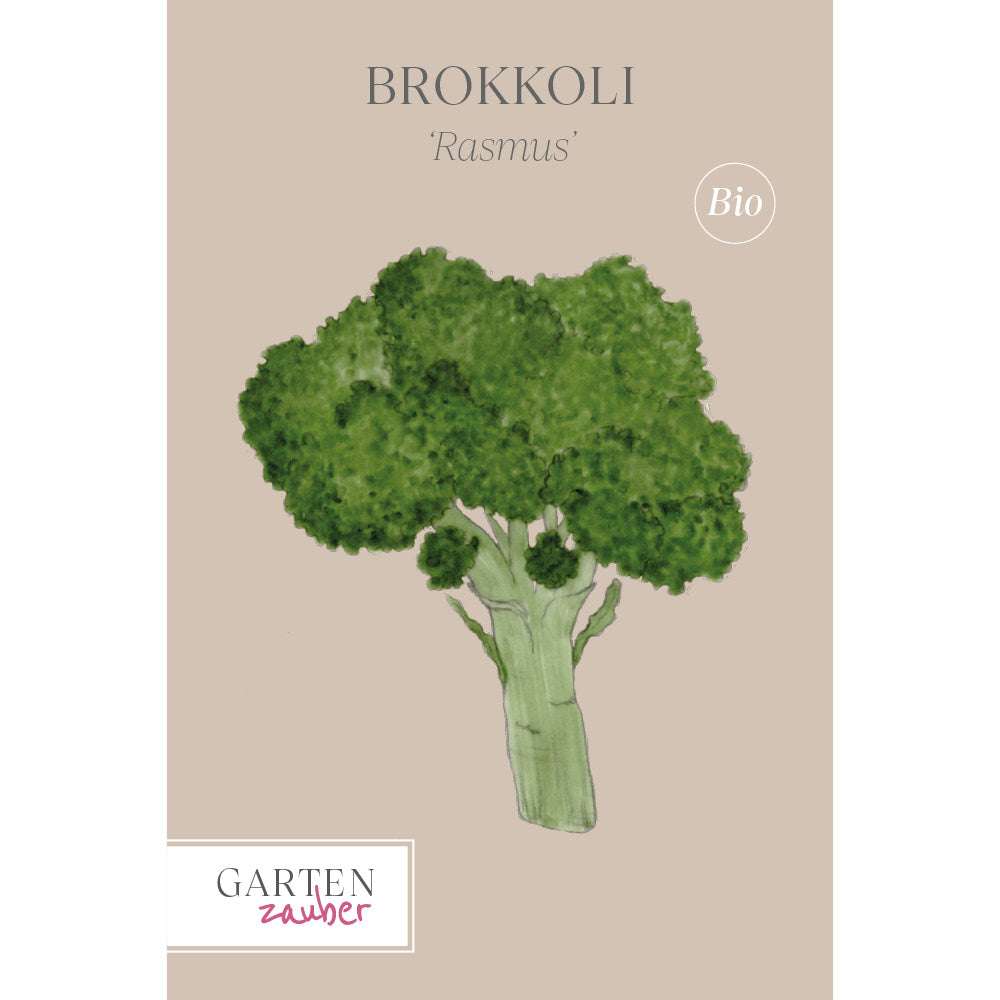The chicory
On sunny summer days, the sky-blue flowers of the chicory open from early morning until midday.

Freshly sprouted
When the chicory's first leaves sprout, you can sense its relationship to chicory: These first basal leaves have a smooth upper surface and a saw-like leaf margin. Since chicory grows into a fairly open plant with beautiful blue flowers and never becomes a nuisance, you can simply let it thrive once it's established in your garden.

After 4 weeks
Gradually, more and more leaves emerge from the rosette, somewhat reminiscent of dandelions. Chicory is characterized by the large, unnotched end of the leaf. You can harvest the leaves for salads before flowering, as the bitterness is not yet as high.
Profile
Botanical name: Cichorium intybus (Asteraceae) Life form: perennial Flowering period: July to October Height: 30 to 150 cm Occurrence: widespread; on roadsides and pathsides, railway embankments, wasteland and rubble areas Location: sunny; rather dry, nutrient-rich soil

After 3 months
Above the basal rosette of leaves up to 7 cm wide and 25 cm long, the upright, sparsely branched shoots, filled with latex and sparsely covered with lanceolate leaves, soon rise. The blue flower heads, up to 5 cm in size, open at the sides and ends at 6 a.m. They follow the sun and close again around midday, or a little later on cloudy days. Each of the stalked or sessile "flowers" looks like a single flower, but is actually a basket flower consisting of many five-lobed sky-blue, sometimes white, ray florets. The flowers offer abundant nectar and pollen – thus attracting many flower visitors, such as various bees, hoverflies, and other insects. The inactive fruits (achenes), up to 3 mm long, land in the surrounding area and germinate into new plants. In addition to many vitamins and minerals, chicory also contains plenty of bitter substances, the content of which increases over the course of the summer. These bitter substances promote digestion and stimulate the appetite; they have a positive effect on the stomach, intestines, liver, and gallbladder, and relieve flatulence and bloating. Therefore, chicory is included in many liver and gallbladder teas. Not only the leaves, but also the flowers taste distinctly bitter; you can mix them into herbal tea. The fresh, strong, fleshy root (see photo), which anchors the chicory deep in the soil, can be harvested from September onwards and is prepared as a wild vegetable. It was roasted primarily during World War II as a coffee substitute (chicory coffee, muckefuck).
Vegetable relatives
Root chicory was cultivated as a coffee substitute starting in the 18th century, but today it is experiencing a resurgence. When farmers harvested the chicory roots in the fall, they discovered the sprouting shoots in the winter, which are now used as chicory in salads and vegetables. The slightly bitter radicchio, sugarloaf, and endive are also related to chicory.
← vorheriger Post: Propagating houseplants
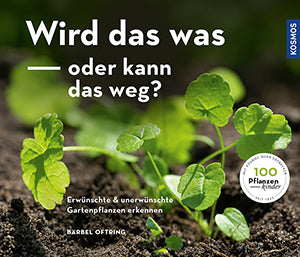
The content of this article is from the book:
Bärbel Oftring
Will this work or can it be thrown away?
Price: 16.99 €
ISBN: 978-3440153031
What gardening novice hasn't experienced this: Every little green sprout in the perennial or herb bed is greeted with joy, but one often wonders: What's sprouting there? This book, with clear example photos, shows how to identify young plants by their leaf shape. This way, you learn to distinguish the annoying from the beautiful and useful seedlings. The author shows how to avoid weeds, but above all, she sharpens your eye for surprising discoveries in your own garden. Many green plants later bear magnificent flowers, are valuable for soil and animals, or taste delicious as tea, salad, or spice. An unusual, inspiring book for exciting gardening experiences with the whole family.

